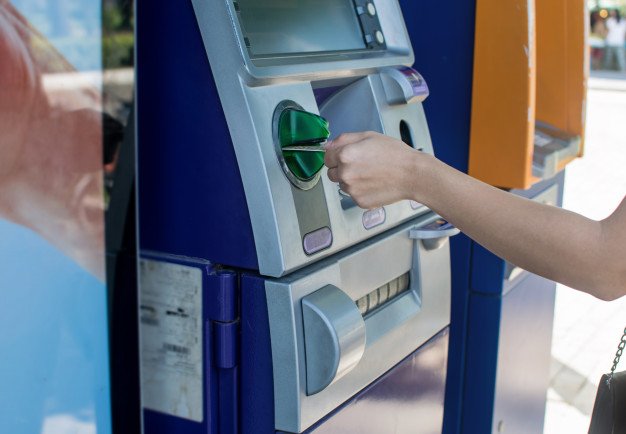If you’re running a shop, hotel, bar, restaurant, gas station, or any other kind of physical merchant shop, having an ATM would benefit you in ways more than one. It’s a well-known fact that people use ATM to withdraw money rather than going to a bank. If there are not many ATM around your business location, it becomes all the more reason to have an ATM.
It would undoubtedly increase the footfall to your shop, and as per surveys, it always contributes to growing your business revenue. In this article, we would enumerate some of the benefits of having an ATM installed in your business location.
Top Benefits of Owning an ATM for Your Business:
Increased Revenue:
When you have an ATM at your business location, the revenue can climb up drastically. It is because the customers find it convenient to browse through the products on offer and shop without worrying about getting out of cash. The business owner also earns on the transaction fees paid by the customers at the ATM. As per many surveys, the customers who use the ATM installed at a business location always go on to spend a portion of that money at the business location. For example, most of the money withdrawn from an ATM at night club is spent there itself.
Enhance Business Reputation:
In the world of increasing market competition in just about any sector, every business has to strive to gain customers’ loyalty and trust. The best way to gain customer goodwill for physical retail companies is to offer convenience and better services to the customers. Having an ATM installed at your business location by legitimate ATM service companies would provide comfort and convenience to the customers, and it is a way of showing to the customers that you care. A little effort from your end to install an ATM would go a long way in attracting more customers and increasing your business visibility and reputation in the market.
Boosts Marketing Efforts:
When an ATM is installed at your business premise and is visible from the outside, it is sure to attract many people passing by, who need to withdraw money. As mentioned above, many of these customers would end up buying something from your store. Even if many of these customers never intended to make any purchase or do not belong to your sector would end up buying something and may potentially become a returning customer. ATM at your business enhances the market visibility of your business and becomes a useful marketing tool.
Increased Sales:
Having an ATM at your store is one of the proven methods to increase your bottom line. The sales would increase after the installation of the ATM as most people using ATM would end up buying something from the store. The location of the ATM also creates a mark in their memory, so whenever they pass through your store and in need of cash, they would stop by to withdraw some money and make some purchases.
If you’re looking for a way to increase your marketing efforts and revenue, installing an ATM is an ideal solution. It doesn’t cost you a lot and in fact, would end up benefitting you in ways more than one.
You can hire any of the ATM service companies in case of any issues with the ATM, or if you need assistance with installation.
Read Also:






















